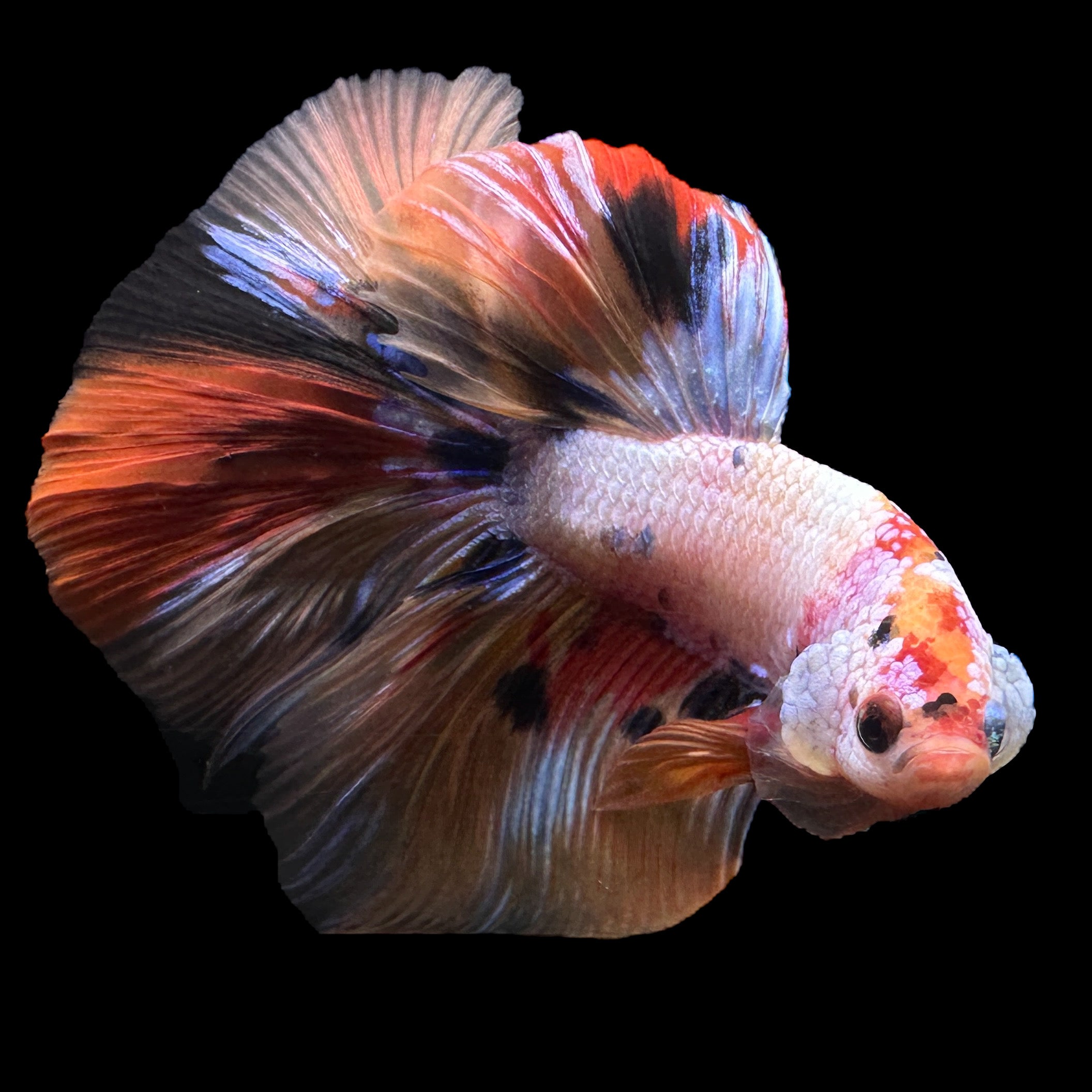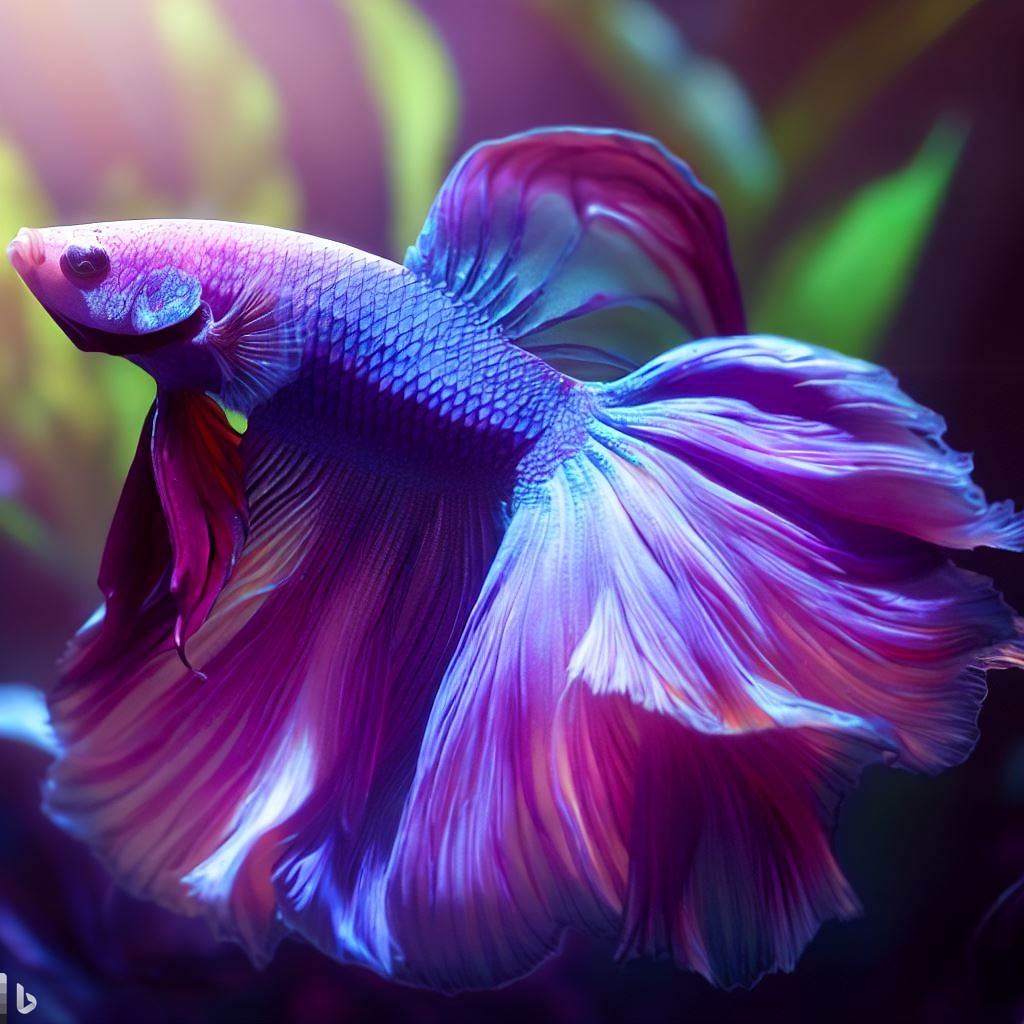Betta Fish Treatment: Necessary Tips for a Healthy And Balanced and Satisfied Pet
Betta Fish Treatment: Necessary Tips for a Healthy And Balanced and Satisfied Pet
Blog Article
Reproducing Betta Fish: a Comprehensive Step-By-Step Guide to Successfully Raising Child Bettas From Eggs to Their Adult Years
Reproducing Betta fish is a thorough venture that requires careful preparation and implementation to ensure the successful development of fry from eggs to develop fish. Choosing genetically varied reproduction couple with preferable characteristics is only the beginning; creating an ideal atmosphere and understanding the ins and outs of the reproducing process are similarly important. As the male Betta diligently constructs a bubble nest and guards the valuable eggs, the succeeding phases of care and transition demand attention to information and expertise of best practices. Exactly how does one browse the tough yet fulfilling path of nurturing these vivid creatures to their adult years?

Selecting Breeding Pairs
When beginning on the trip of breeding Betta fish, choosing the best breeding pairs is vital to accomplishing desirable attributes and a healthy family tree - betta fish. The initial step in this procedure is to determine the particular traits you desire to boost or protect, such as color, fin kind, and physique. It is important to select genetically diverse pairs to prevent inbreeding, which can bring about health concerns and undesirable features
Examine prospective reproducing prospects very carefully. A healthy male Betta should display dynamic shades, an active attitude, and well-formed fins, while the female needs to additionally show vibrant coloration and a rounded belly, suggesting readiness for spawning. Observing the temperament of both fish is vital, as hostile or extremely timid people might not breed efficiently.
Documentation of family tree is just as essential. Maintaining documents of the parent fish's origins can help you track genetic attributes and potential problems. Furthermore, consult credible dog breeders or online resources for advice on selecting compatible pairs. Eventually, spending time in the selection process will significantly enhance the possibility of creating solid, vibrant children that fulfill your reproduction objectives (betta fish).

Preparing the Reproduction Storage Tank
Producing an ideal breeding setting is a crucial step after choosing ideal sets for Betta fish. The reproduction container must be specifically made to supply convenience and promote the all-natural breeding actions of the fish. Begin with a tank dimension of at the very least 10 gallons to ensure appropriate space for both the man and female Bettas.
Keep a gentle filtration system to maintain the water tidy while preventing strong currents that can worry the fish. Additionally, an air stone can be contributed to offer oxygenation without disrupting the water surface area way too much.
Temperature level policy is important; aim for a secure variety of 78-82 ° F(25-28 ° C) making use of a trusted heating unit. The pH degree should be preserved in between 6.5 and 7.5, and regular water adjustments are needed to ensure high water high quality.
Include floating plants or spawning mops to produce hiding areas for the lady, while likewise motivating bubble nest structure by the man - betta fish. Ultimately, ensure the storage tank is cost-free from sharp decorations and any type of possible threats, as the welfare of the fish ought to constantly be focused on during this important stage of breeding.
The Reproduction Refine
Generally, the breeding process for Betta fish involves a series of distinctive and visible actions that show preparedness for recreation. The male Betta starts by constructing a bubble nest at the water's surface area, which works as a website for the fed eggs. This nest is critical, as it provides a secure setting for the eggs till they hatch out.
When the nest is established, the male will present courtship actions, such as flaring his fins and showing lively colors to draw image source in the female. The woman, upon picking up the male's readiness, will react by presenting vertical stripes along her body, signaling her receptiveness.
The fertilized eggs after that fall to the bubble nest, where the male thoroughly accumulates and returns them to the nest. Following this, the male presumes responsibility for securing the nest and making sure the safety of the eggs up until they hatch out, generally within 24-36 hours.
Caring for Betta Fry
Caring for Betta fry needs mindful attention to their setting and nutrition to make sure healthy and balanced development and growth. After hatching, Betta fry are exceptionally tiny and susceptible, demanding a stable and tidy habitat.
Feeding Betta fry is equally vital. They must be offered infusoria or finely crushed top notch fry food, as their mouths are as well little to deal with bigger bits. As they grow, you can gradually introduce bigger foods, such as baby salt water shrimp or powdered flakes, to ensure they get adequate nourishment. Feed them percentages a number of times a day, being mindful not to overfeed, which can result in water top quality concerns.
Transitioning to Adult Bettas
As Betta fry mature, transitioning them to adult Bettas is a vital stage that calls for cautious management of their setting and social interactions. This process normally starts when the fry reach around 6 weeks old, at which factor they can be progressively presented to an extra structured living environment.
To facilitate this shift, it is necessary to guarantee that the water criteria-- such as temperature, pH, and ammonia degrees-- are optimal and stable. Grown-up Betta fish flourish in warm great site water (around 78-80 ° F) with a pH of 6.5 to 7.5. Gradually adjust the fry to these problems to lessen anxiety.
Social interactions are another key factor; male Bettas are notoriously territorial and aggressive. It is recommended to different men right into private storage tanks as they develop. Female Bettas Visit Your URL can be housed with each other, yet treatment needs to be required to keep track of for indicators of aggression.
Furthermore, nutritional modifications should be made as the fry expand. Include premium pellets and live foods to support their growth and wellness. By managing these aspects properly, you can promote a successful shift to adulthood for your Betta fish.

Final Thought
Effective breeding of Betta fish requires mindful attention to information throughout the whole process, from choosing genetically diverse sets to giving ideal care for fry. Furthermore, a well balanced diet plan and progressive adjustment to grown-up environments are crucial for the growth and development of Betta fish.
Report this page